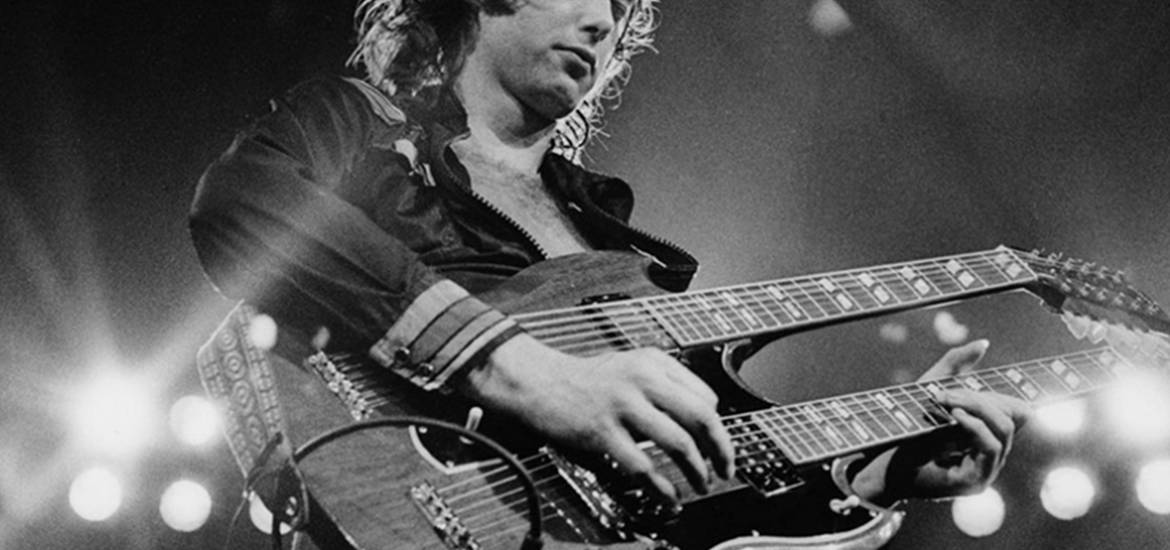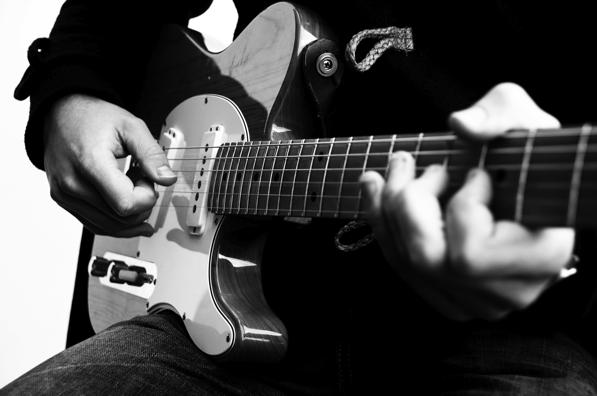Pentatonics Pro is a side project I’ve been working on for a while now which involved mapping out the 330 possible pentatonic scales into a collection of scale patterns (combinations of 5 intervals) along with a method to explore them all over the guitar neck. I have long been fascinated by pentatonic scales; there’s just something mystical about the number five, which for me is the ideal number of notes in a scale. You probably know the major and minor pentatonic scales, but these are only two combinations out of a possible 330. Don’t be alarmed though, I’m not suggesting you learn another 328 pentatonic scales, far from it, but they can be used as a tool to expand your harmonic awareness, improvisation skills, and general creativity when soloing and riff-writing. In this lesson, we’ll look at a few of these scales and see what potential creative uses they have in the woodshed, as well as when playing live.
As I mentioned in the introduction, the important thing here is to explore new sonic possibilities, which doesn’t mean you have to sit and rote-learn a ton of new scales. On the site, you’ll find all 330 pentatonic scales plus a method to make use of them. This method involves learning the scale in one octave to see if you like the sound of it as you’ll be drawn to different combinations of intervals depending on how they sound, the geometric shape of the pattern, as well as how they fall and feel under your fingers; you may favor some intervals over others, and the great thing here is you find out a lot about your own personal taste in note choice.
Once you’ve learned the scale in one octave, and decided you want to experiment further with it, the method then allows you to explore the scale all over the fretboard using the same pattern you just learned. I’m not a huge fan of the famous five positions for pentatonic scales, this is mainly because they turn the exercise into a technical workout rather than creative exercise. I’ve taken care to accommodate the notes in the most comfortable way for each scale by never having the major third on the same string as the root, and likewise having the major sixth on the next string down to avoid large stretches.
Get Your Groove On
Glancing through the selection of 330 pentatonic scales, some will probably seem more useful to you than other, though I’d say that they all have their uses. You may be put off by the ones with four semi-tones in a row, but these can be used to work on your chromatic playing, which will require you to groove on ‘technically’ wrong notes. I like these because you have a block of four semi-tones and two root notes to resolve your chromatic meanderings; plus, four semi-tones is just enough to get that chromatic sound without wondering how on earth you’re going to resolve it.
Scale 7 is a good example and has a pattern that easy to remember visually:

I also like scales 295 and 296. With these scales, get a drum groove going and really try to lock into the groove with your lines and phrases. The trick to chromatic playing is to make it groove, and when you can do that you can pretty much play any note you want over anything.
Ambiguity
There is a large selection of scales here that don’t have any kind of third or seventh in them, which means they can be used in pretty much any context as they’re neither strictly major, minor nor dominant. Scale 91 below is a great example:

Here we have no third or seventh which produces an ambiguous dark-sounding scale because of the b2 and b6. You could also see this scale as the Phrygian mode without the b3 or b7, which I would most likely use to build tension over a minor chord.
Geometrical Satisfaction
A lot of the scales form nice geometric patterns which are satisfying (at least to me) to see and use as they’re very memorable. Scale 180 looks kind of like a crayon and is another ambiguous scale with no third in it.

Scale 305 forms a nice triangle but does take some getting used to sound-wise.

Variations on Modes
If you like a particular mode, you may want to experiment with pentatonic scales based on the sound of that mode. Scale 136 features the bare bones of the Dorian mode (b3 and 6) with a b5 and no 4 or b7:

Scale 295 has the bare bones of a Mixolydian scale in it (3 and b7) but with four semi-tones in a row – great for chromatic playing in this context.

There are many other ways you could use the information on this site such as recording yourself improvising using a particular scale (I guarantee this won’t sound as bad as you think when you hear it back), coming up with riffs and hooks. You could also get a looper and practice playing over different chords so that you can hear the scales in context.
Playing Over Chords
To practice playing over chords and chord changes, you’ll need to choose scales with intervals that coincide with the intervals in your chords. Let’s say you want to solo over a major 7 chord, which has the intervals 1, 3, 5, and 7; you’re going to need a scale that at least has a 3 and 7 in it – your job will then be to make the rest of the intervals work.
All in all, I think Pentatonics Pro is an endless resource for honing your improvisation skills and exploring note combinations you probably wouldn’t have thought to play, especially if your solos are based around just a handful of different scale patterns. I’d call it the ultimate rut-buster!



